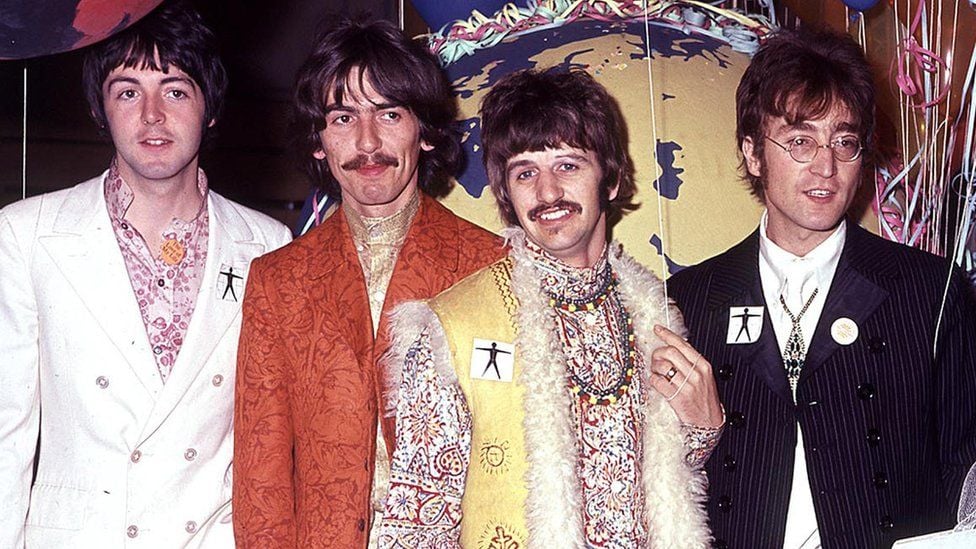50 Years of Coat Trends
A common sight on our streets during the 60s and 70s these iconic coats have earned themselves a place in our collective memory.
Here we take a nostalgic look back at 5 of our favourites.
The Donkey Jacket
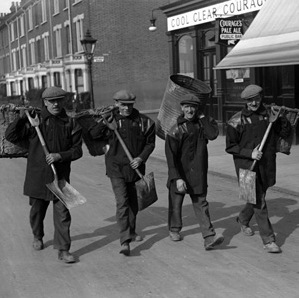 The humble donkey jacket: one of the mainstays of the British coal miner, binman, and other manual workers has a long history with the working class.
The humble donkey jacket: one of the mainstays of the British coal miner, binman, and other manual workers has a long history with the working class.
Originally created in the late 1800s for Manchester dockers the name donkey jacket is said to come from ‘donkey work’ as in laborious or gruelling work.
The donkey jacket, normally made from woolsack in a dark colour such as black or navy, had leather shoulders panels and two large side pockets (sometimes with an inside poacher’s pocket) and although first worn by navvies were later worn by binmen and other manual workers – most famously miners.
Donkey jackets were also popular with the skinhead culture in the 1970s.
The Duffle Coat
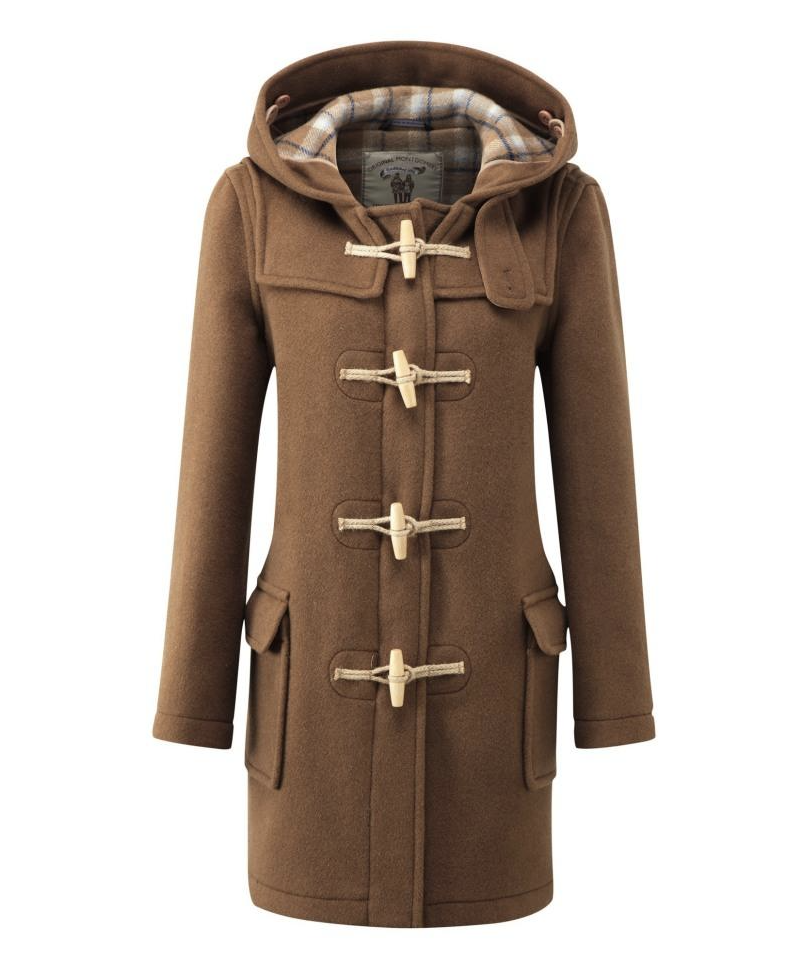 Worn by school children across the country, and a certain famous bear, the Duffle Coat originated from the town of Duffel in the province of Antwerp, Belgium.
Worn by school children across the country, and a certain famous bear, the Duffle Coat originated from the town of Duffel in the province of Antwerp, Belgium.
Its thick woollen fabric, hood and toggle fastenings proved so popular that by the 1850s the coat had spread right across Europe and by 1890 it was being supplied to the British Royal Navy.
By the first world war the duffle was standard wear amongst all the forces and they were still wearing them in World War II. One of the most famous officers who sported the duffle coat during that time was Field Marshal Montgomery.
The Sheepskin Jacket
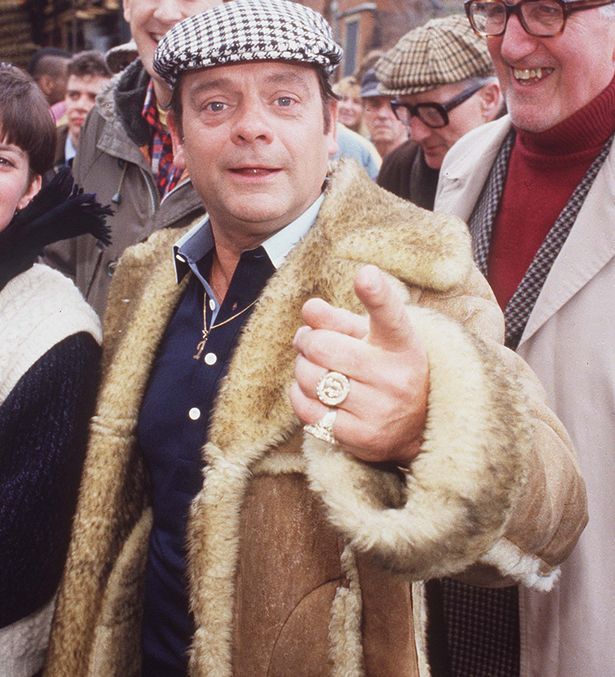 This incredibly warm coat has a long history stretching back millennia but was first made famous by pilots during the first and second world wars. The sheepskin (or shearling) provided the much-needed insulation for pilots that experienced freezing temperatures in traditional flight cockpits.
This incredibly warm coat has a long history stretching back millennia but was first made famous by pilots during the first and second world wars. The sheepskin (or shearling) provided the much-needed insulation for pilots that experienced freezing temperatures in traditional flight cockpits.
Vintage sheepskin coats made a comeback during the 70s and were much favoured by market traders, skinheads and scooter boys all relishing in this vintage trend and of course, the famous Del Boy played by Sir David Jason.
The Afghan Coat
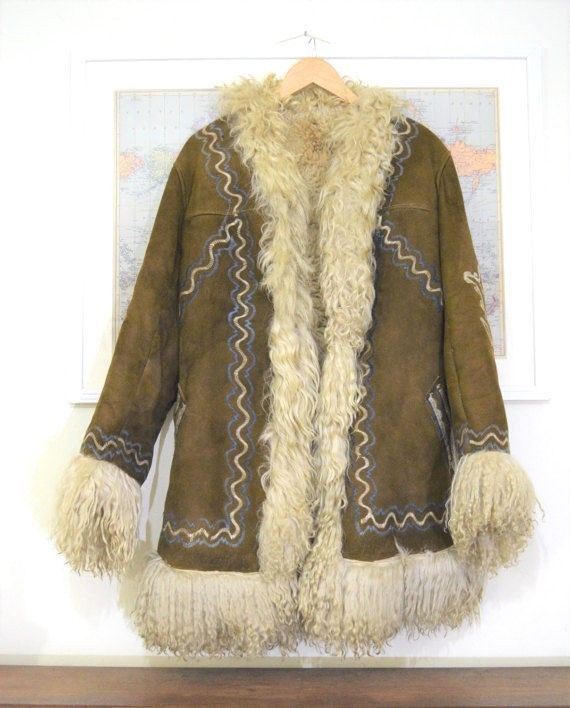 The traditional overcoat of the Afghans, the Afghan coat was sheepskin or goatskin made with the fleece on the inside and the soft suede-like leather on the outside.
The traditional overcoat of the Afghans, the Afghan coat was sheepskin or goatskin made with the fleece on the inside and the soft suede-like leather on the outside.
First imported from Ghazni to the UK in 1966 when music and fashion started to be influenced by the Far East and all things Asian, the popularity of Afghan coat soared thanks to the Beatles who were photographed wearing them.
Along with the Beatles, celebrities such as Jimi Hendrix, and Georgie Fame were photographed wearing them and David Bowie famously wore one at his wedding to Angie!
In fact, their popularity was so great that the original artisanal makers of Ghazni could not keep up with demand and crudely made imitations from Turkey and Iran flooded the market. These imitations were not cured properly and so gave the Afghan coat its undeserved reputation for emitting an unsavoury odour!
The Parka Coat
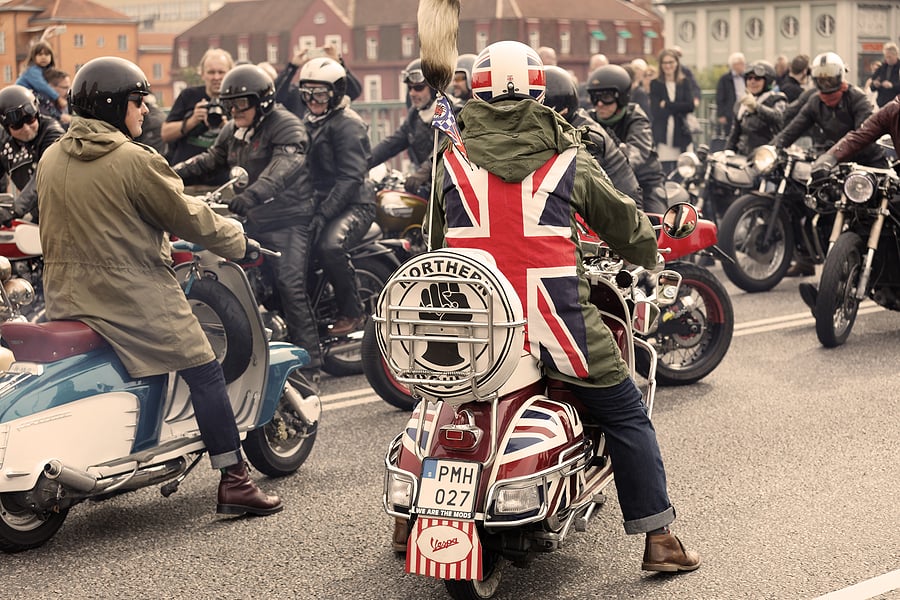
The word ‘Parka’ means ‘animal skin’ and originates from the Arctic regions around Northern Russia and Alaska. Originally the indigenous Inuit made parka coats from seal skin to shield themselves from the extreme arctic climates whilst hunting and kayaking.
These fur-lined parka coats were introduced as military issue during the second world war to keep the soldiers protected from the elements and at the end of the war, it remains popular.
By the early 60s, the Mods adopt the look and the parka becomes synonymous with Vespa and Lambretta scooters, modern jazz music and youth culture.
Did you or any of your family wear these coats? What memories do you have?
Melina - Assistant Editor
Latest posts by Melina - Assistant Editor (see all)
- Cream Cheese Orange Bars - May 2, 2024
- Top tips for hay fever sufferers - April 14, 2024
- Paysan Breton Cream Cheese Breakfast Wraps - April 12, 2024
- 4 Homemade Sweet Treats for Easter - March 24, 2024
- Playground Memories - March 10, 2024








